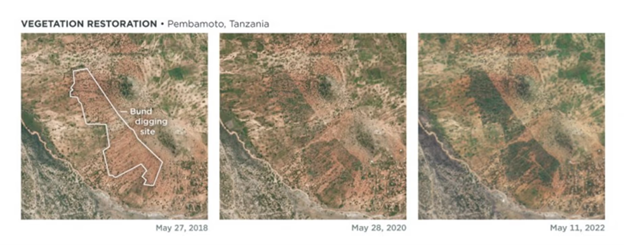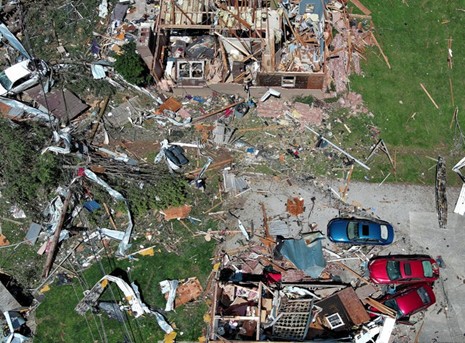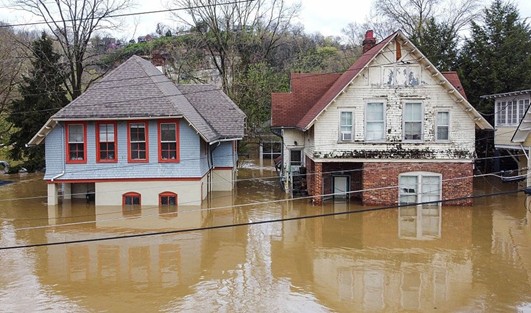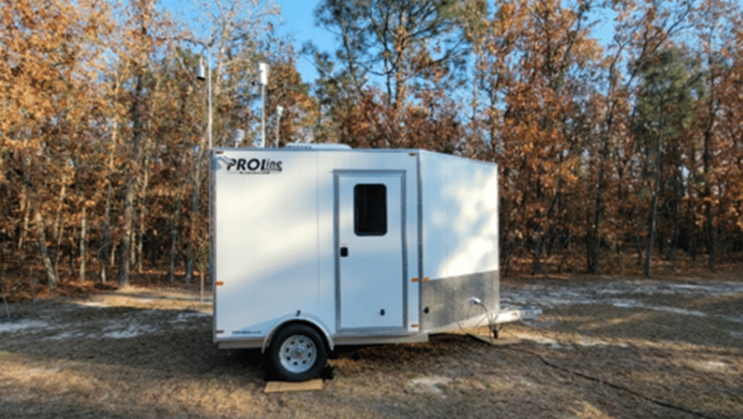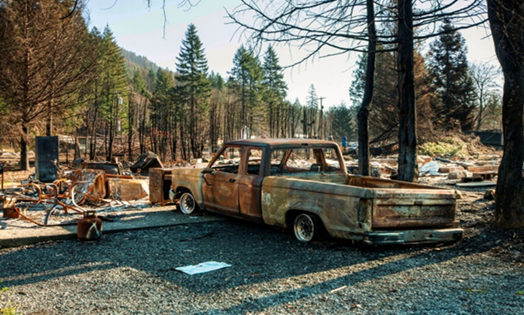By Leila Waid.
Environmental restoration does not need to be complex. You don’t need to have a bioengineering or chemistry degree to be involved in or even understand this topic of environmental justice. In fact, simple solutions that can be scaled nationally or internationally are just as important because they provide a method that is easy to replicate and implement.
Justdiggit is an example of an organization utilizing a simple restoration technique to help transform thousands of acres of dry, degraded land into a biodiverse haven.
Justdiggit collaborates with local communities in Sub-Saharan African countries to dig bunds to help conserve rainwater and re-green the environment. The method used is simple. Farmers and local stakeholders dig half-circles – which have been branded as “Earth smiles” by the organization (because if you look at them from a bird’s eye view, they look like smiles) – to help capture water in areas where the land is no longer able to soak up the water on its own. Seeds are then added to the dug half-circles, and they are covered with tree branches to help deter animals from eating the seeds. From there, Mother Nature takes over. The newly transformed land is able to capture water, and magic happens. Greenery and biodiversity come back to previously inhospitable lands. Here is a video LINK to a video showcasing just how easy this process is from beginning to end.
Although the technique promoted by Justdiggit is easy to follow and replicate, it still requires considerable physical labor and time to set up. Thus, environmental sustainability programs such as this cannot succeed without buy-in from the community. A peer-reviewed article published in E3S Web of Conferences researched how Justdiggit utilized community involvement to ensure the program’s success. The organization hosted community events, known as the “Raindance Project,” which included dance and music festivities. These events had the effect of bringing the community together and provided Justdiggit with a venue to educate the public about the project and promote buy-in.
Along with the Raindance Project, the Justdiggit project also used a variety of community engagement tools to ensure the program’s success. For example, they hosted community workshops where community members could attend to ask questions, provide feedback, and strengthen collaborative decision-making. They also identified individuals who could act as ambassadors and champions of the program to help unify the communities and disseminate the program’s message. To ensure program success, Justdiggit also utilized the power of social media to help spread the message about its mission.
The effects of this environmental sustainability initiative are many-fold. Because the program partnered with the locals where the re-greening efforts were being undertaken, this approach helped the local economy because community members were hired for the implementation of the program and helped dig the “earth smiles.” Once the re-greening efforts were realized, the local communities were also able to enjoy new farming opportunities and a greater biodiversity.
Along with the economic benefits, re-greening also has climate change mitigation and adaptation benefits. Increased greenery has a cooling effect on the area, which is essential during an intense heatwave. The greenery also provides a new source of carbon uptake, which, in turn, helps slow climate change.
The program has been so successful that its effects can even be seen from space. The screenshot below, taken from a Planet.com article, showcases how much the landscape has changed in just over four years.
